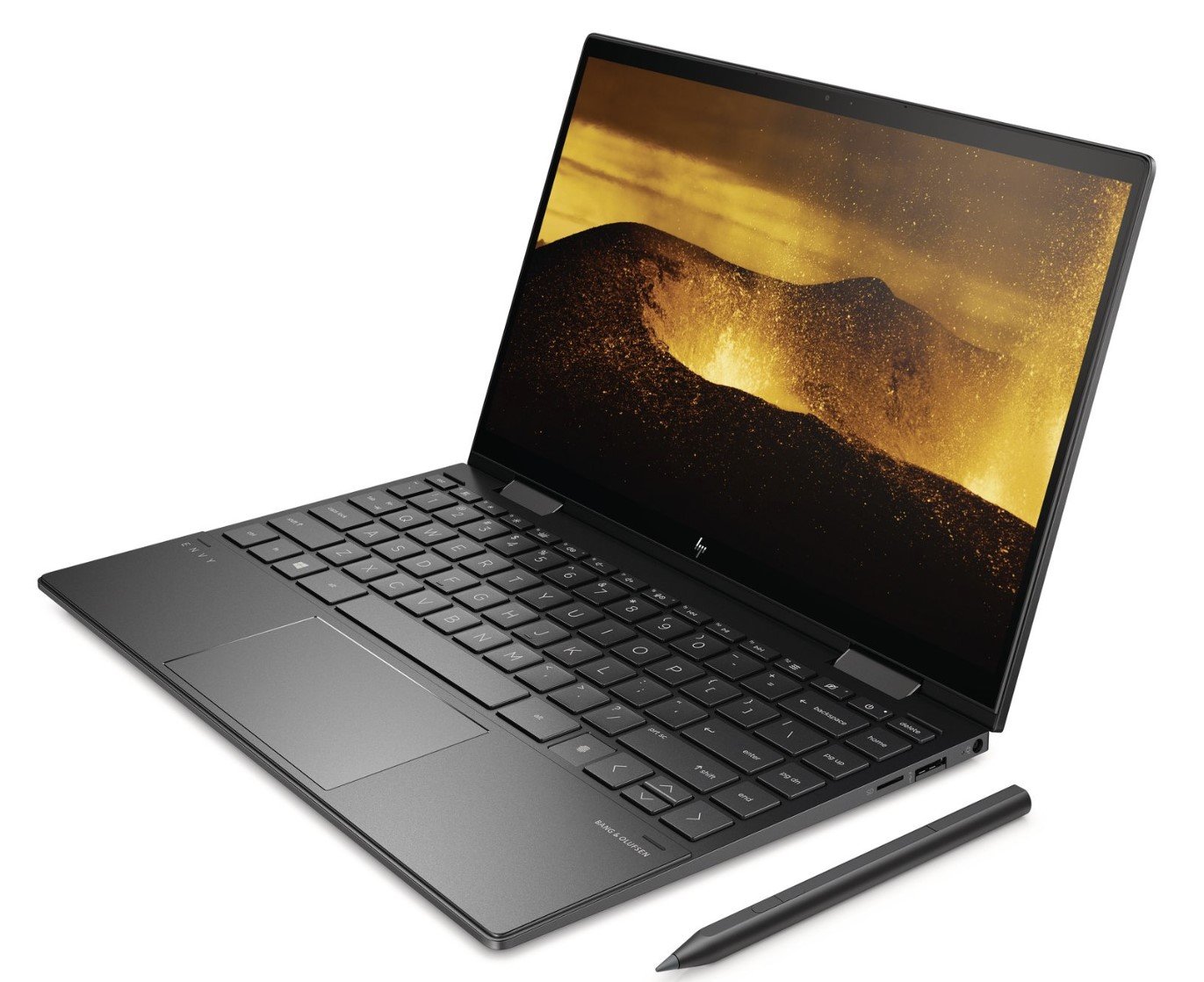
AMD has been making some early waves this year with its new Ryzen Mobile 4000 series of processors. These are the first generation of laptop CPUs that, in theory, compete with Intel on price and performance.
HP's new ENVY x360 embraces AMD's latest, and it pays off, ranking as our top pick among the best AMD Ryzen laptops. Our $800 review unit is the sweet spot and outstanding value for performance. It is, quite arguably, the best budget laptop of 2020, period. Here's why.
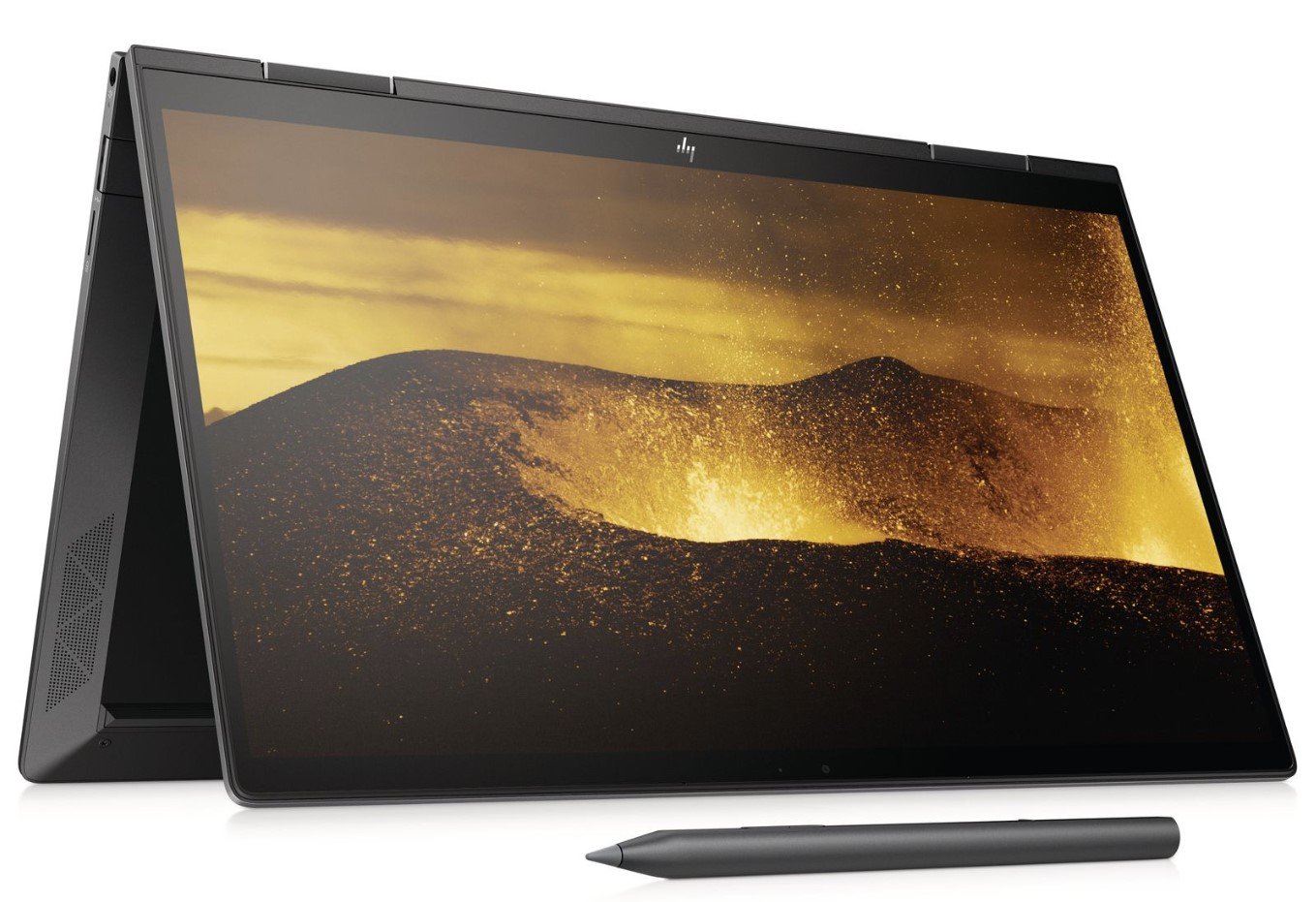
Bottom line: AMD's latest Ryzen processors now power HP's budget-friendly ENVY x360 convertible PC. The low price, excellent performance, and overall premium-feeling design make it easy to recommend as the best budget 2-in-1 around.
For
- Excellent performance for short tasks
- Above average (touch) display
- Good trackpad and keyboard
- Outstanding value
- Pen is included (non-tilt)
Against
- No Thunderbolt 3
- Just OK thermals
- 16:10 or 3:2 aspect would be better
A lot of bang for your buck
HP ENVY x360 Laptop design, display, and features
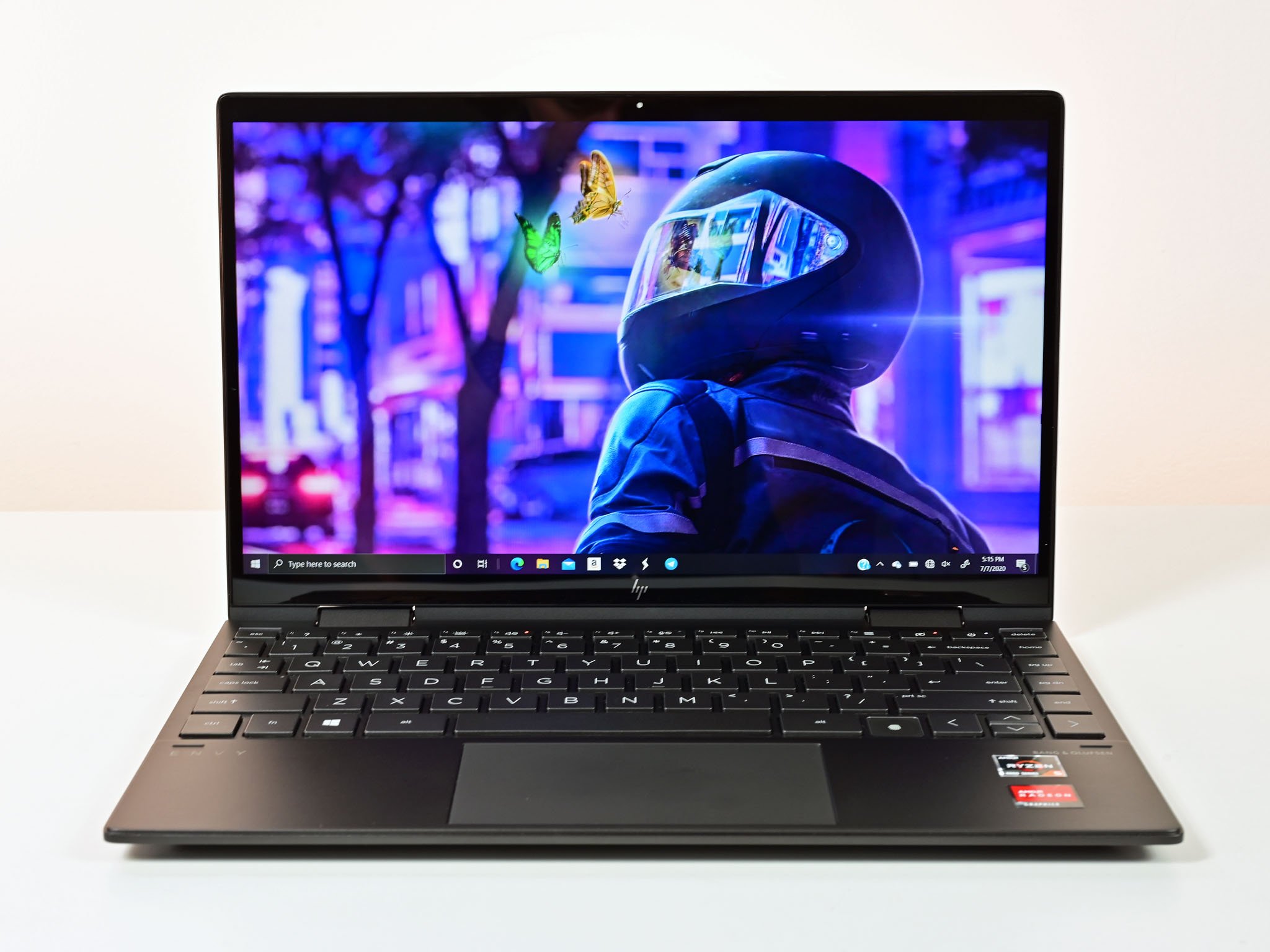
The ENVY x360 is a standard convertible 2-in-1 laptop that borrows from HP's more top-tier Spectre line. We recently named the Spectre x360 13 the best value for a premium convertible, but that was before this new ENVY hit the scene. While some of the components – like display, storage, thermals, and audio – are not as high-end, the overall experience of ENVY is punching above its weight.
Pricing starts as low as $650 for the Ryzen 3 model, but users can configure it with a Ryzen 5 ($709), or Ryzen 7 ($1,000) with various options for RAM and storage sizes. However, if users want 16GB of RAM, they must opt for the Ryzen 7 CPU for a cost of $150, which is fair.
Only the SSD is technically user-upgradable, but HP does not make it easy to remove the laptop's bottom as the screws are hidden behind the rubber feet. Still, it can be done with some effort.
The model used for this review has 8GB of DDR4 RAM, 256GB of storage, and is powered by a Ryzen 5-4500U all for $820.
| Category | Spec |
|---|---|
| OS | Windows 10 Home |
| Processor | AMD Ryzen 3 4300UAMD Ryzen 5 4500UAMD Ryzen 7 4700U |
| Graphics | AMD Radeon graphics |
| Memory | 8GB or 16GB DDR4 |
| Storage | Up to 1TB PCIe SSD |
| Display | 13.3 inches1920 x 1080 (FHD) touch with inking300 nits400 nits1,000 nits (Sure View) |
| Ports | 1x SuperSpeed USB Type-C (10Gbps)2x SuperSpeed USB Type-A (5Gbps)1x Micro SD card reader |
| Keyboard | Full-size island-styleBacklitNatural silver |
| Touchpad | HP Imagepad w/ multi-touch gesture support |
| Audio | Bang & Olufsen audio w/ dual speakers (bottom) |
| Camera | HP Wide Vision HD cameraCamera shutterDual-array digital microphone |
| Security | Fingerprint readerCamera shutter keyMic mute key |
| Wireless | Realtek 802.11ac (Wi-Fi 5)Bluetooth 5.0 |
| Battery | 51Wh |
| Dimensions | 12.07 x 7.66 x 0.65 inches (307 x 195 x 17mm) |
| Weight | From 2.92 pounds (1.32kg) |
| Color | Nightfall black |
| Availability | Now |
| Price | From $650 |
There are display options that vary on brightness abilities and the addition of HP's coveted Sure View privacy display (which also has the benefit of approaching 1,000 nits of brightness). At 13.3-inches, the full HD display follows the traditional 16:9 aspect. Color accuracy for the mid-range option (400 nits) is decent with 97 percent sRGB, 72 percent AdobeRGB, and 76 percent DCI-P3. Brightness ranges from a peak of 326 nits to just 22 nits when the display is set to zero.
The relatively thin display bezels and decent contrast ratio give a pleasant appeal and clean look. The only real downside is this is a very glossy display (no anti-reflective layer), but that is expected at this price.
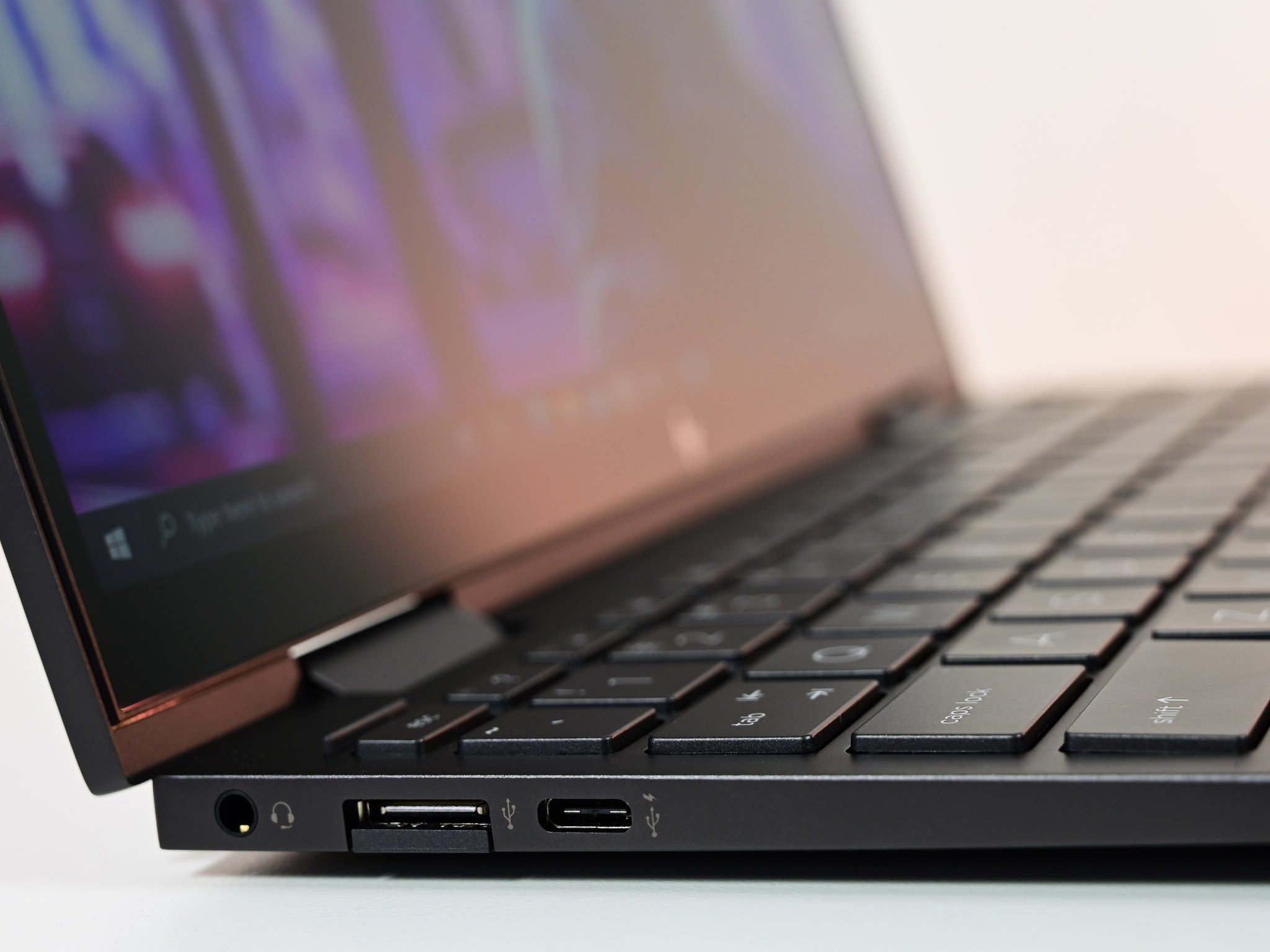
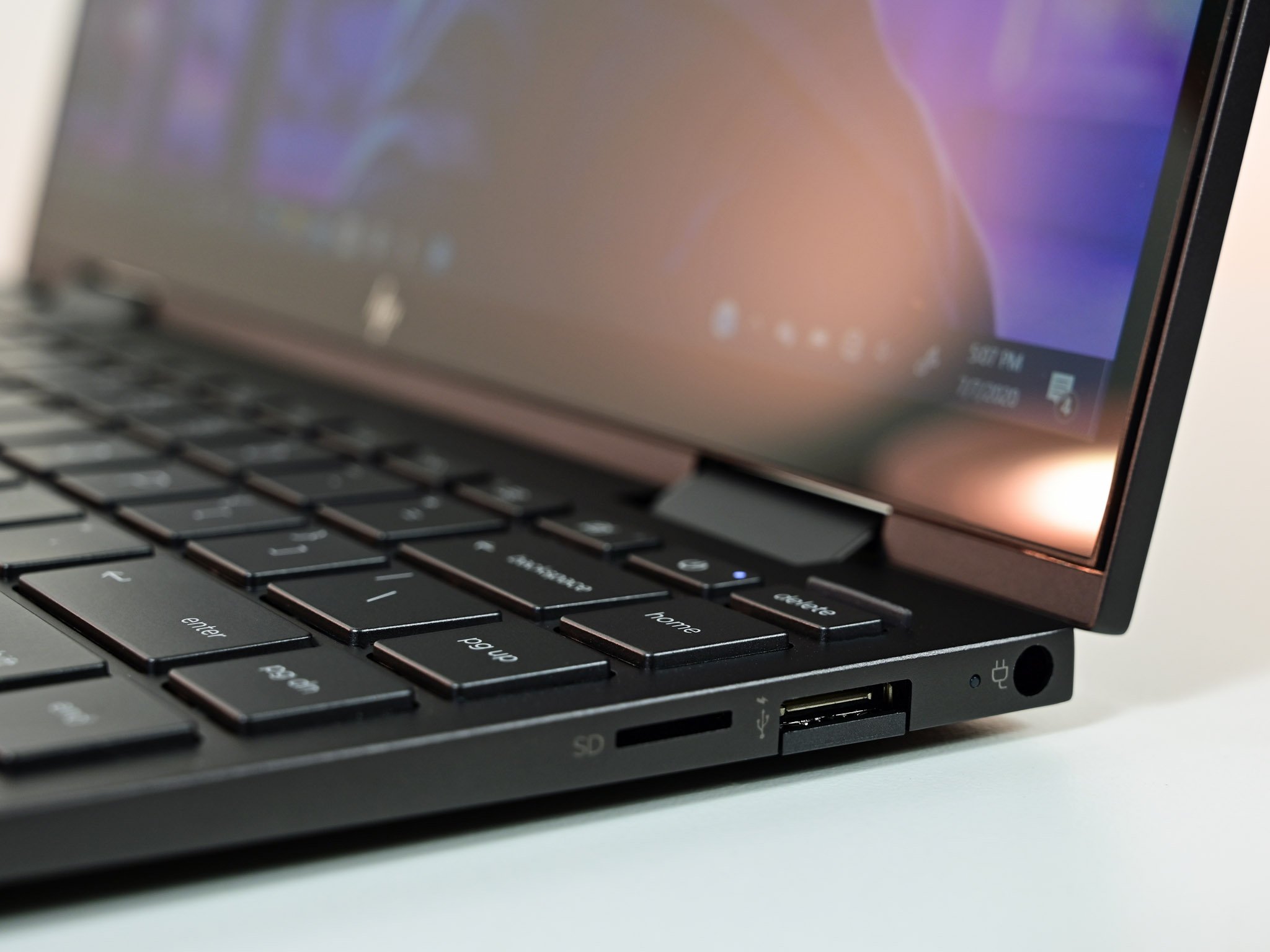
Above the display is a decent web camera. But what makes it fantastic is the physical shutter cover that sits behind the bezel. Instead of users physically sliding a door (crude, but useful), a simple press on the dedicated keyboard button enables the shutter. Once turned on, users know it is working because a white screen now physically blocks the camera, and a small orange LED on the keyboard makes it visible. This is the first time I have seen this camera design, and it is marvelous.
The ENVY x360 is fantastic for what you get. It looks cool, and it's a great performer for everyday tasks
A similar situation applies to the microphones. HP has another dedicated key that lets users mute the microphone on the ENVY x360. A small LED lets you know that mic is muted, making it ideal for meetings or just to ensure privacy.
Ports are decent for this price level. HP makes available a single Type-C port (10Gbps, Power Delivery 3.0, DisplayPort 1.4), but no Thunderbolt 3 (a theme with AMD-based laptops). There are also two USB Type-A SuperSpeed ports with drop-jaw, a micro SD slot, and a headphone jack.
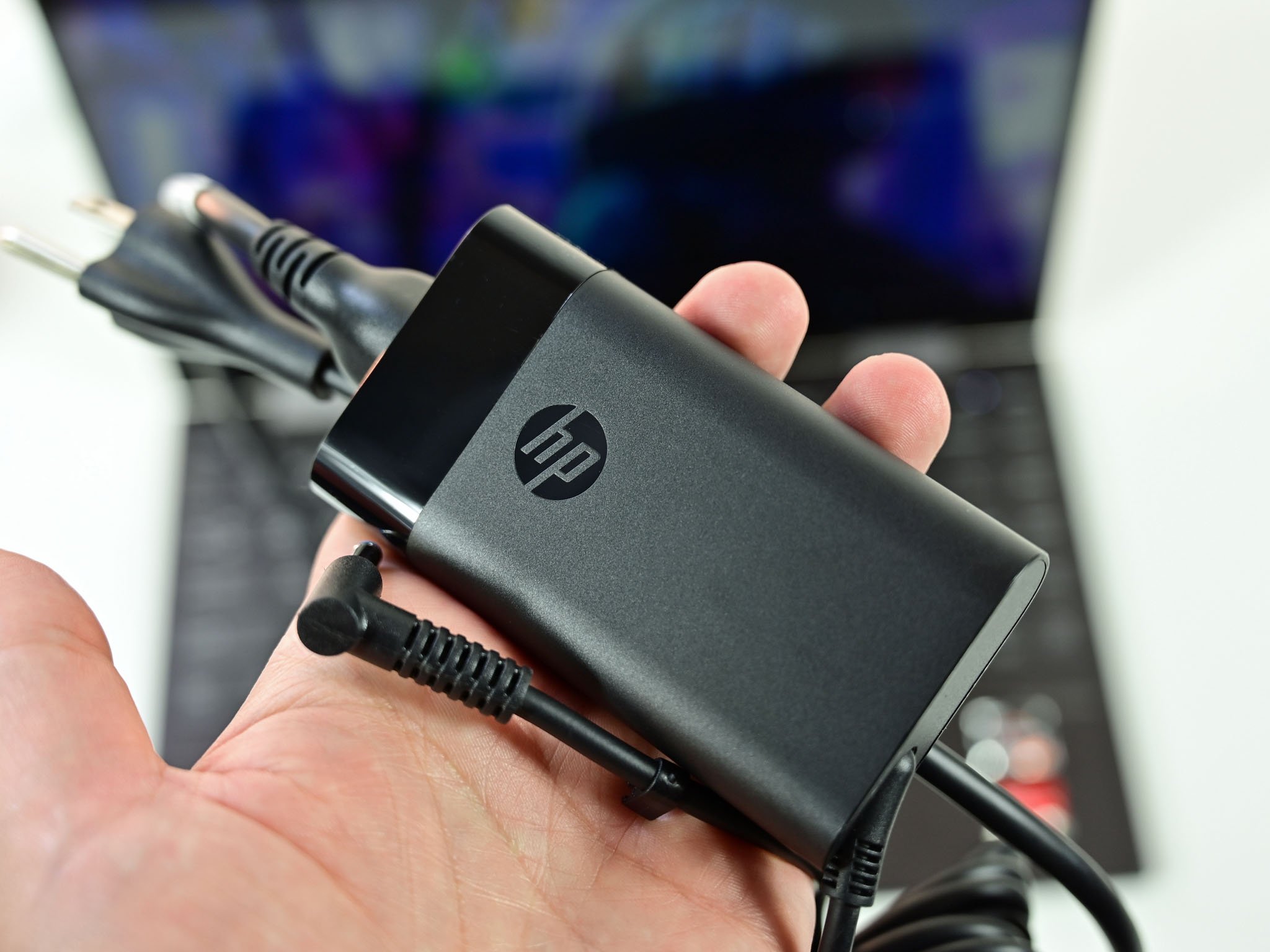
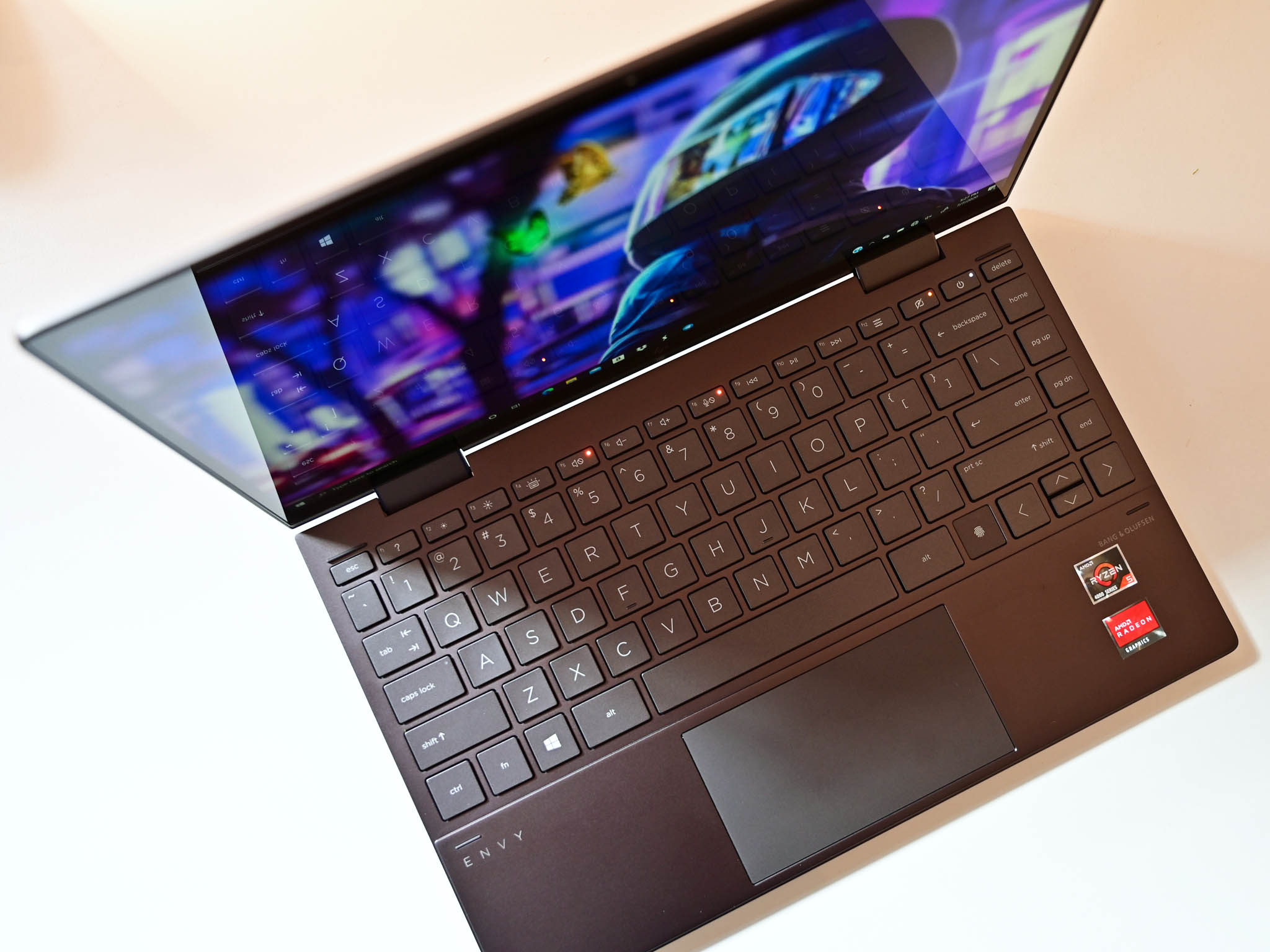
For power, there is a 65-watt barrel charger in the box. While I don't favor proprietary chargers, it makes sense here since there is only one Type-C port, which, if used for power, cuts down on utility since it is occupied. Of course, being a Type-C with Power Delivery 3.0, it means you can use any Type-C adapter in a pinch, or even full-time.
Nailing the fundamentals
HP ENVY x360 keyboard, audio, and trackpad
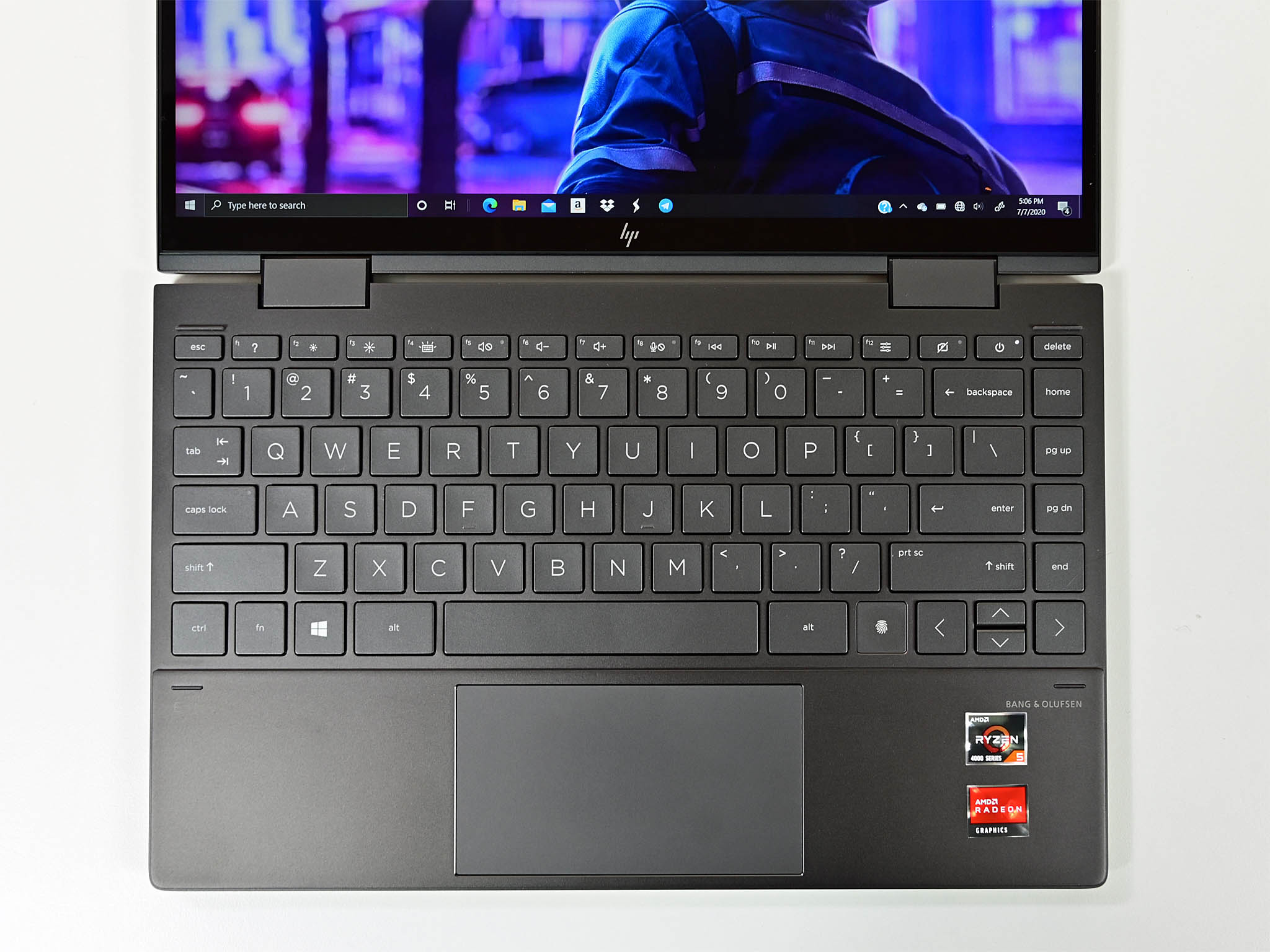
HP uses a familiar chicklet-style keyboard layout that is edge to edge. Typically, on budget-friendly laptops, the keyboard is compromised, but that's not the case here. Two-stage backlighting lets you see the keys at night, and while the white LED is a step down from HP's premium, the lighting here is still very good with clear contrast.
There's a dedicated home row of keys on the right-hand side, which some people don't care for, but I have no complaints about it. The key travel is also very good at around 1.3mm. The backspace is decently sized, and this keyboard requires minimal adjustment to get used to it.
Indeed, this laptop is so good it becomes difficult to recommend the fancier Spectre.
HP's trackpad thankfully uses Microsoft Precision drivers. While the materials used are not as good as the Spectre – it feels more metal than glass with higher drag – it's still an excellent trackpad. Accuracy is high, and the click is satisfying.
HP also smartly put the power button, which has a small white LED indicator, on the top deck instead of the side. Such a move significantly reduces accidental powering off when transitioning from a tablet to a laptop.
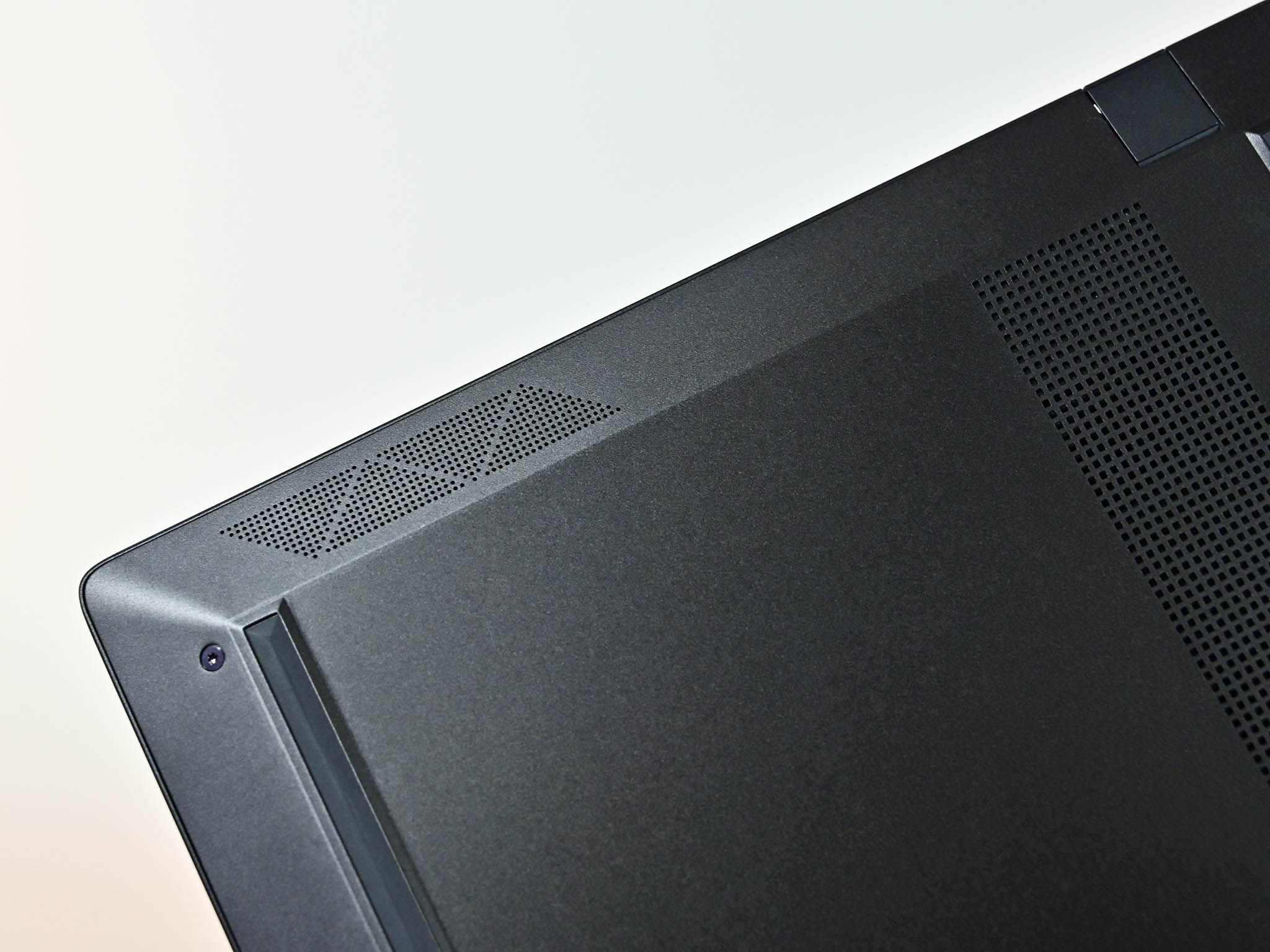
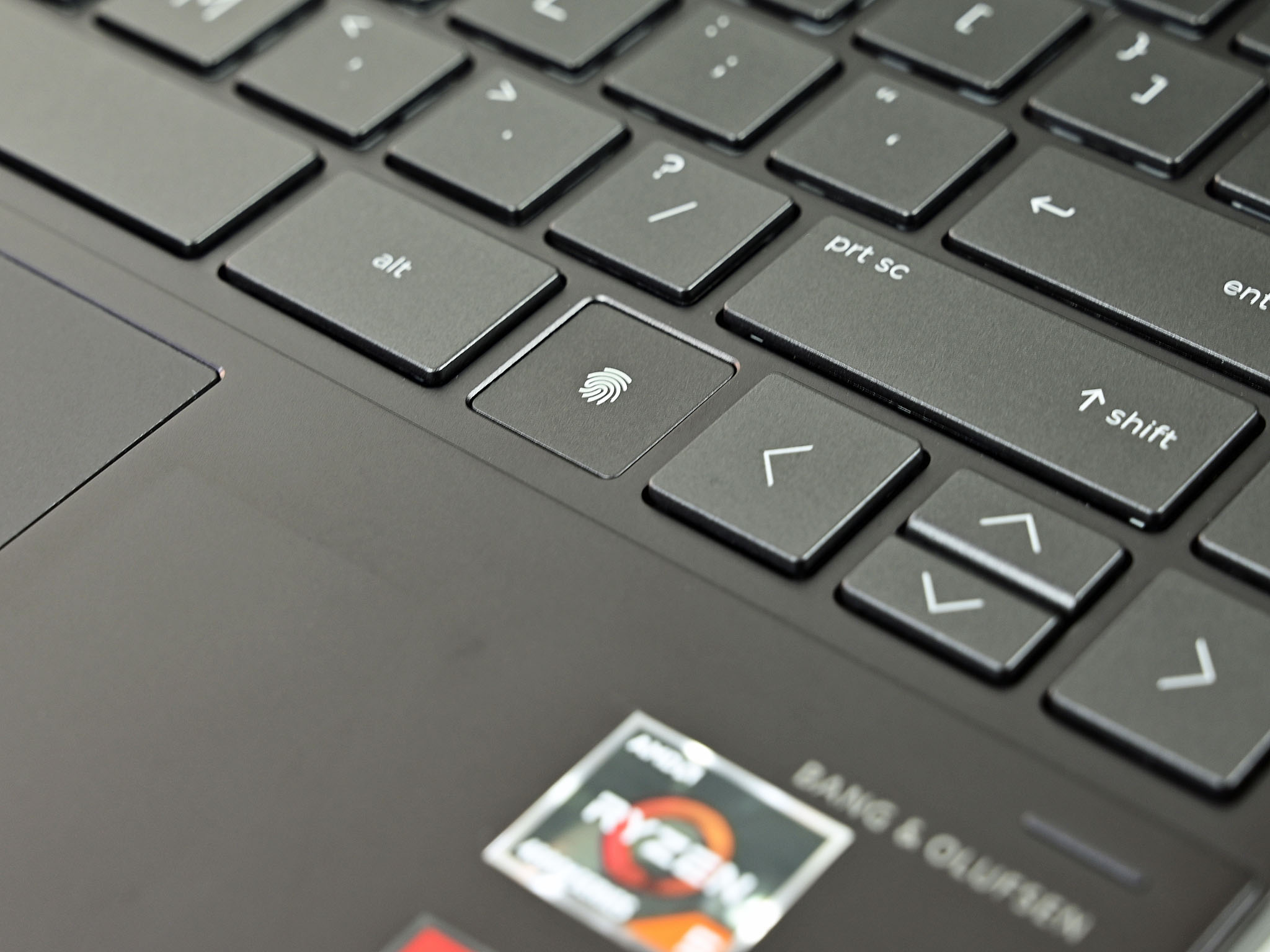
For security, HP uses a single fingerprint reader placed near the arrow keys. While Windows Hello infra-red cameras are preferred it's forgivable to have just a fingerprint reader at this price point. It works very well, too, with very few false reads.
The audio is decent. Two bottom/edge-firing speakers produce some volume but lack the richness of premium laptops. Bang & Olufsen handle the hardware tuning, and users have an easy-to-use software to adjust the balance, microphone noise cancellation, and a customizable ten-band equalizer with available presets. Those are nice value-adds you don't typically find in a budget laptop.
Step aside, Intel
HP ENVY x360 power and performance
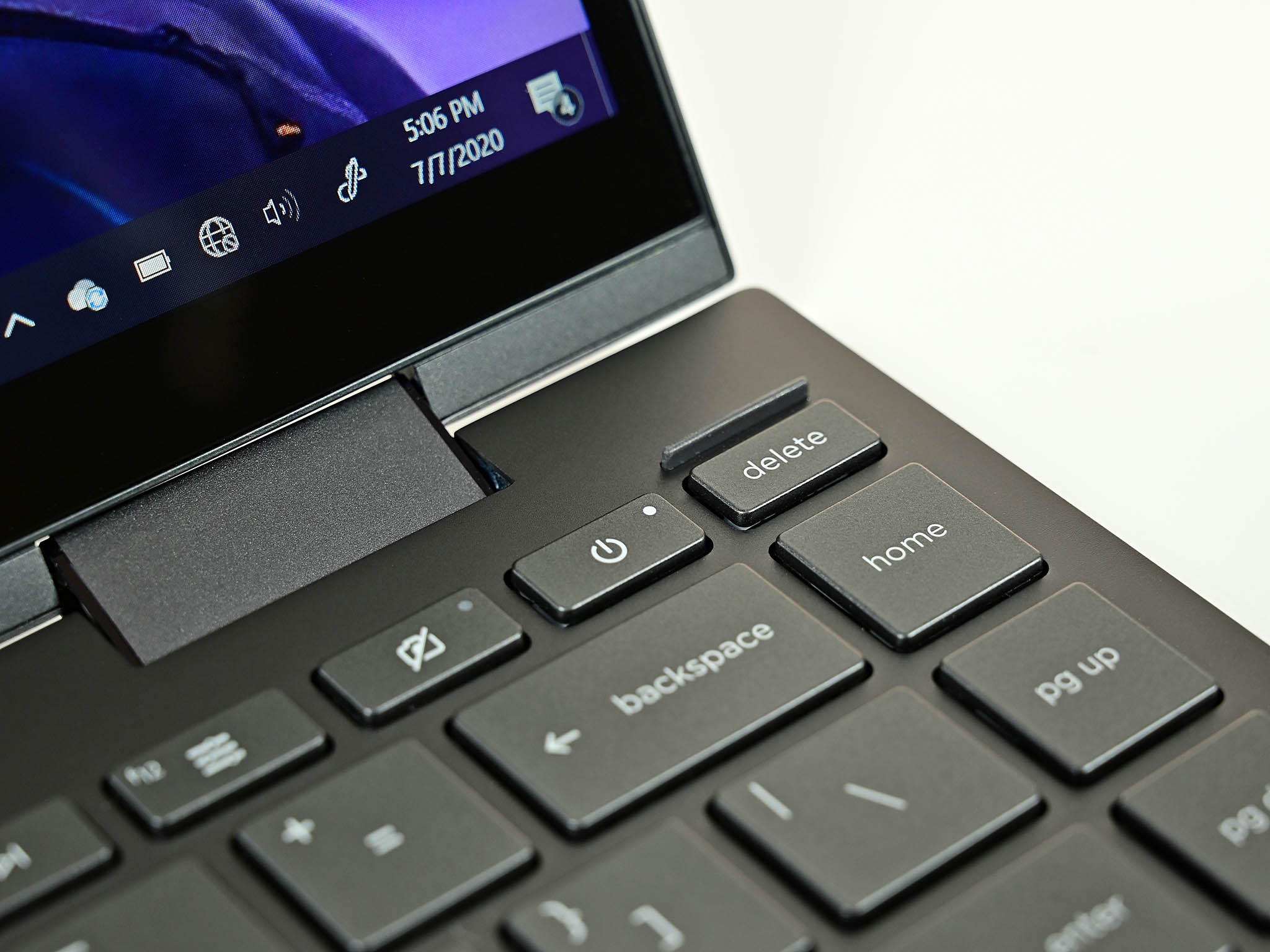
There's been a lot of hype around AMD's latest processors, and, for once, that excitement is justified.
The Ryzen 5 4500U uses for this review is a six-core 4.0GHz (boost) 7nm processor with a default TDP of 15-watts. It compares favorably to Intel's quad-core i5-1035G7, though, as the benchmarks will reveal, it can nearly beat an i7-1065G7.
Geekbench 5
Geekbench 5.0 (CPU) (Higher is better)
| Device | CPU | Single core | Multi core |
|---|---|---|---|
| HP ENVY x360 | Ryzen 5 4500U | 1,100 | 4,564 |
| Acer Swift 3 | Ryzen 7 4700U | 1,131 | 4,860 |
| Lenovo IdeaPad Flex 5 14 | Ryzen 5 4500U | 1,087 | 4,570 |
| Surface Laptop 3 15 | Ryzen 5 3580U | 769 | 2,720 |
| Lenovo ThinkPad L13 Yoga | i5-10210U | 1,069 | 3,754 |
| Lenovo Yoga C640 | i3-10110U | 1,015 | 2,111 |
| Lenovo Yoga C740 14 | i5-10210U | 1,094 | 3,767 |
| Samsung Galaxy Book Flex | i7-1065G7 | 1,317 | 4,780 |
| Dell XPS 13 (9300) | i7-1065G7 | 1,284 | 4,848 |
| Surface Laptop 3 15 | i7-1065G7 | 1,336 | 4,893 |
| HP Elite Dragonfly | i7-8665U | 1,125 | 2,942 |
| Surface Laptop 3 13.5 | i5-1035G7 | 1,177 | 4,413 |
| HP Spectre x360 13 | i7-1065G7 | 1,006 | 3,402 |
| Surface Pro X | SQ1 | 725 | 2,819 |
| Galaxy Book S | SD 8cx | 685 | 2,681 |
A strong performance here from the six-core AMD Ryzen 5 4500U. It delivers raw performance on par with Intel 10th Gen Core i7 "Ice Lake" CPUs, and integrated Radeon graphics get the job done.
PCMark
PCMark 10
| Device | Score |
|---|---|
| HP ENVY x360 | 4,755 |
| Acer Swift 3 | 4,861 |
| Lenovo IdeaPad Flex 5 14 | 4,759 |
| Surface Laptop 3 15 (AMD) | 4,006 |
| Lenovo IdeaPad Flex 14 | 3,202 |
| Surface Book 3 15 | 4,393 |
| Lenovo ThinkPad L13 Yoga | 4,899 |
| Lenovo Yoga C640 | 4,008 |
| Lenovo Yoga C740 | 4,941 |
| Samsung Galaxy Book Flex | 3,924 |
| Dell XPS 13 (9300) | 4,524 |
| Surface Laptop 3 15 (Intel) | 4,604 |
| Dell XPS 13 2-in-1 | 4,554 |
| HP Spectre x360 13 | 4,261 |
| HP Elite Dragonfly | 3,716 |
| LG gram 17 | 4,157 |
| Surface Pro 7 (i5) | 3,992 |
Cinebench
Cinebench (R20) (Higher is better)
| Device | CPU | Range |
|---|---|---|
| HP ENVY x360 | Ryzen 5 4500U | 2,053 to 2,100 |
| Acer Swift 3 | Ryzen 7 4700U | 2,391 to 2,428 |
| Lenovo IdeaPad Flex 5 14 | Ryzen 5 4500U | 2,388 to 2,397 |
| Lenovo ThinkPad L13 Yoga | Core i5-10210U | 1,137 to 1,442 |
| Lenovo Yoga C640 | Core i3-10110U | 924 to 929 |
| Lenovo Yoga C740 15 | Core i7-10510U | 1,415 to 1,613 |
| Lenovo Yoga C740 14 | Core i5-10210U | 1,450 to 1,535 |
| LG gram 17 | Core i7-1065G7 | 1,079 to 1,199 |
| Acer Swift 5 (SF514-54T) | Core i7-1065G7 | 1,361 to 1,400 |
| Lenovo ThinkPad P53 | Xeon E-2276M | 2,686 to 2,701 |
| Surface Laptop 3 13.5 | Core i5-1035G4 | 1,584 to 1,606 |
| Surface Laptop 3 15 | Core i7-1065G7 | 1,703 to 1,745 |
Running the Cinebench R20 render test multiple times in a row can show how well a laptop deals with heat and thermal throttling. The Ryzen 5 did quite well, but you can see how the similar IdeaPad Flex 5 from Lenovo was able to push harder with a better score likely due to better thermals.
SSD
CrystalDiskMark (Higher is better)
| Device | Read | Write |
|---|---|---|
| HP ENVY x360 | 1,530 MB/s | 864 MB/s |
| Acer Swift 3 | 2,161.99 MB/s | 1,214.84 MB/s |
| Lenovo IdeaPad Flex 5 14 | 2,199.10 MB/s | 1,017.07 MB/s |
| Lenovo IdeaPad Flex 14 | 3,405 MB/s | 1,512 MB/s |
| Lenovo ThinkPad L13 Yoga | 3,188.82 MB/s | 1,685.61 MB/s |
| Lenovo Yoga C640 | 1,906.78 MB/s | 970.69 MB/s |
| Samsung Galaxy Book Flex | 3,376 MB/s | 2,983 MB/s |
| Dell XPS 13 (9300) | 3,000 MB/s | 1,217 MB/s |
| HP Spectre x360 (Optane) | 2,092 MB/s | 515 MB/s |
| Dell XPS 13 2-in-1 | 2,400 MB/s | 1,228 MB/s |
| HP Elite Dragonfly (Optane) | 2,124 MB/s | 548 MB/s |
| Lenovo Yoga C740 | 3,408 MB/s | 2,982 MB/s |
| LG gram 17 (2020) | 3,477 MB/s | 2,900 MB/s |
| Surface Laptop 3 15 | 2,028 MB/s | 806 MB/s |
| Surface Laptop 3 13.5 | 2,338 MB/s | 1,583 MB/s |
| Acer Swift 5 (SF514-54T) | 1,641 MB/s | 1,025 MB/s |
| Lenovo ThinkPad X1 Extreme (Gen 2) | 3,416 MB/s | 3,016 MB/s |
The HP ENVY x360 SSD is merely decent, failing to impress with read and write speeds.
The good news is in raw numbers, the Ryzen 5 comes within range of Intel's much pricier i7-1065G7. That is the kind of hype AMD was promising, and they certainly deliver. For short-duration tasks, running productivity software, and even light gaming, the Ryzen 5 delivers (the Ryzen 7 is even better).
The AMD Radeon GPU also does well, sitting nicely between an Intel Iris Plus and an NVIDIA MX250. It does not set records, but for this price, it's an excellent performer.
I was also impressed with resume times from hibernate, which were relatively fast and zippy. You can (mostly) open this laptop with one hand, although the initial separation is a bit tricky due to some hinge stiffness.
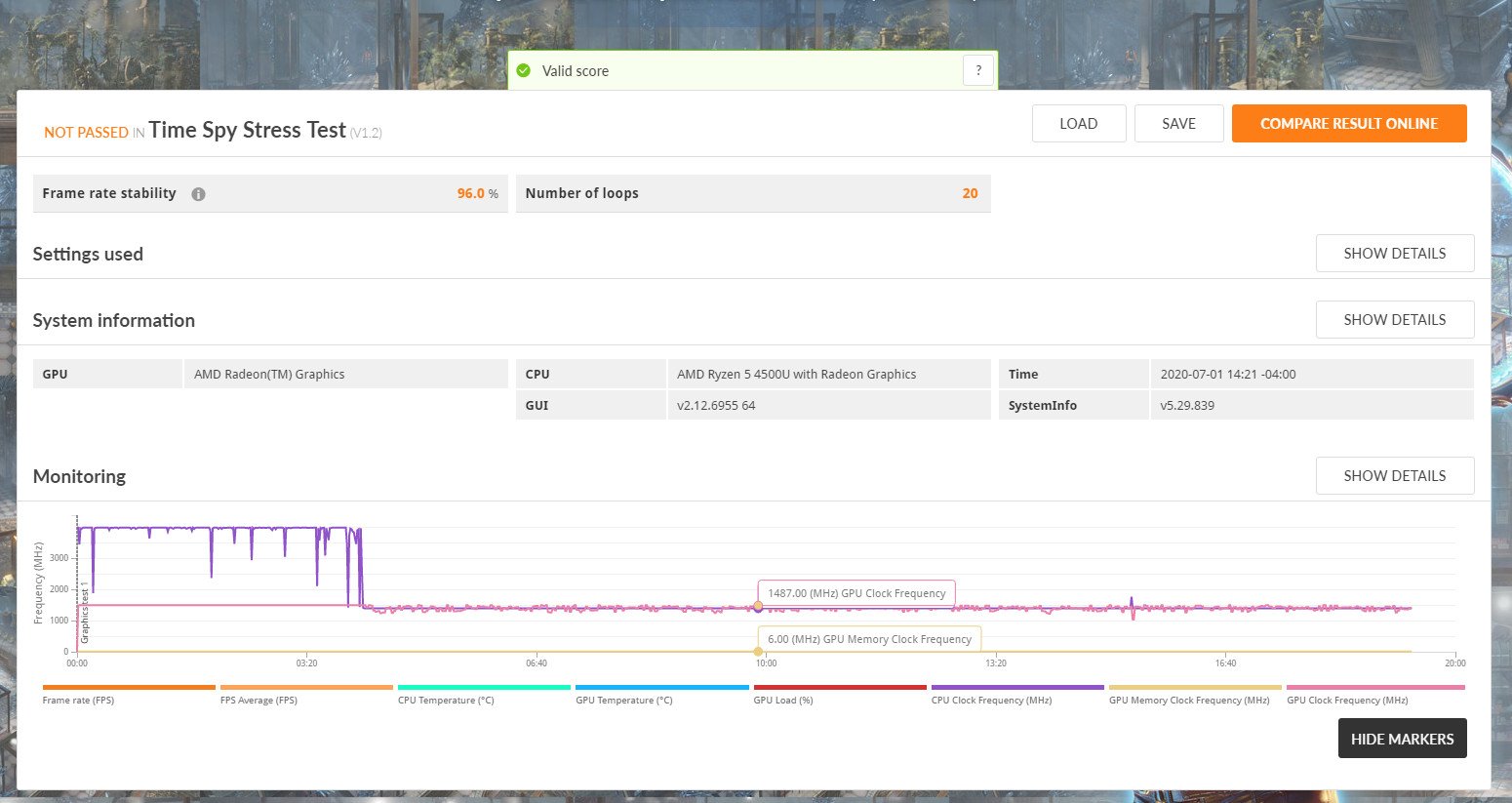
But all is not perfect, either. Due to the budget pricing, there are a few things that hold back the ENVY x360 – all of which are justifiable. The SSD is merely decent, resulting in middling sequential read and write performance (it is still ahead of the Surface Go 2, at least).
Thermals are also just OK here. For your average user, HP's solution here is perfectly fine, but make no mistake that after hammering the CPU for five minutes or more, you will see the CPU drop-down and throttle to 1.5GHz.
Battery life is also quite good approaching 8 hours from the moderately-sized 51WHr battery. When left overnight, the ENVY x360 lost only around 2 percent of the battery, which is excellent.
Overall, however, HP and AMD's Ryzen Mobile 4000 chips are a great match, especially for the $650 Ryzen 3 model.
Some alternatives
Let's talk about the competition
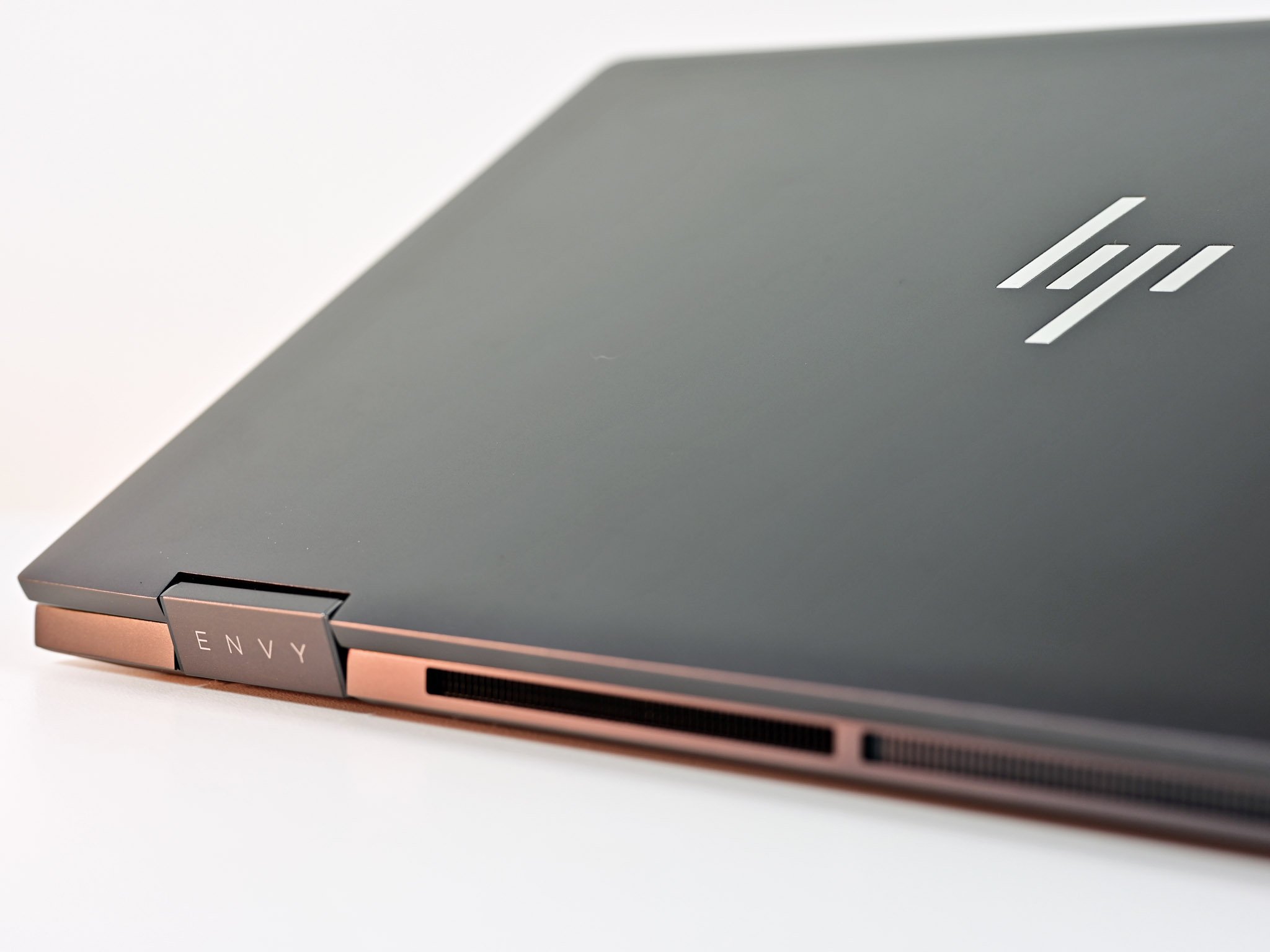
For around the same starting price, you can grab Acer's Swift 3, which also features AMD's new chips. We gave it an excellent score but dinged it for its dim display and keyboard. The Swift 3 is also a standard laptop and not a convertible and lacks a touch screen.
Lenovo's new IdeaPad Flex 5 14 also uses new Ryzen 4000 chips, but it too suffers from a much dimmer display with poor color reproduction (although it is slightly larger). It's in the same price range, is a full convertible, and even has top-firing speakers in its favor.
If you prefer Intel, Lenovo's Yoga C640 is a decent choice. You'll get top-firing Dolby speakers, an excellent display, and a similar form-factor and size all for the same price. You don't, however, get USB Type-C charging, which is an odd omission.
For those who like ENVY, but want just a bit more, including options for 4G LTE or a 4K OLED display, the Intel-based Spectre x360 13 is the next logical choice. It's a few hundred dollars more, but you get the same overall design aesthetic as ENVY just with higher-end parts.
Easy to recommend
HP ENVY x360 Should you buy?
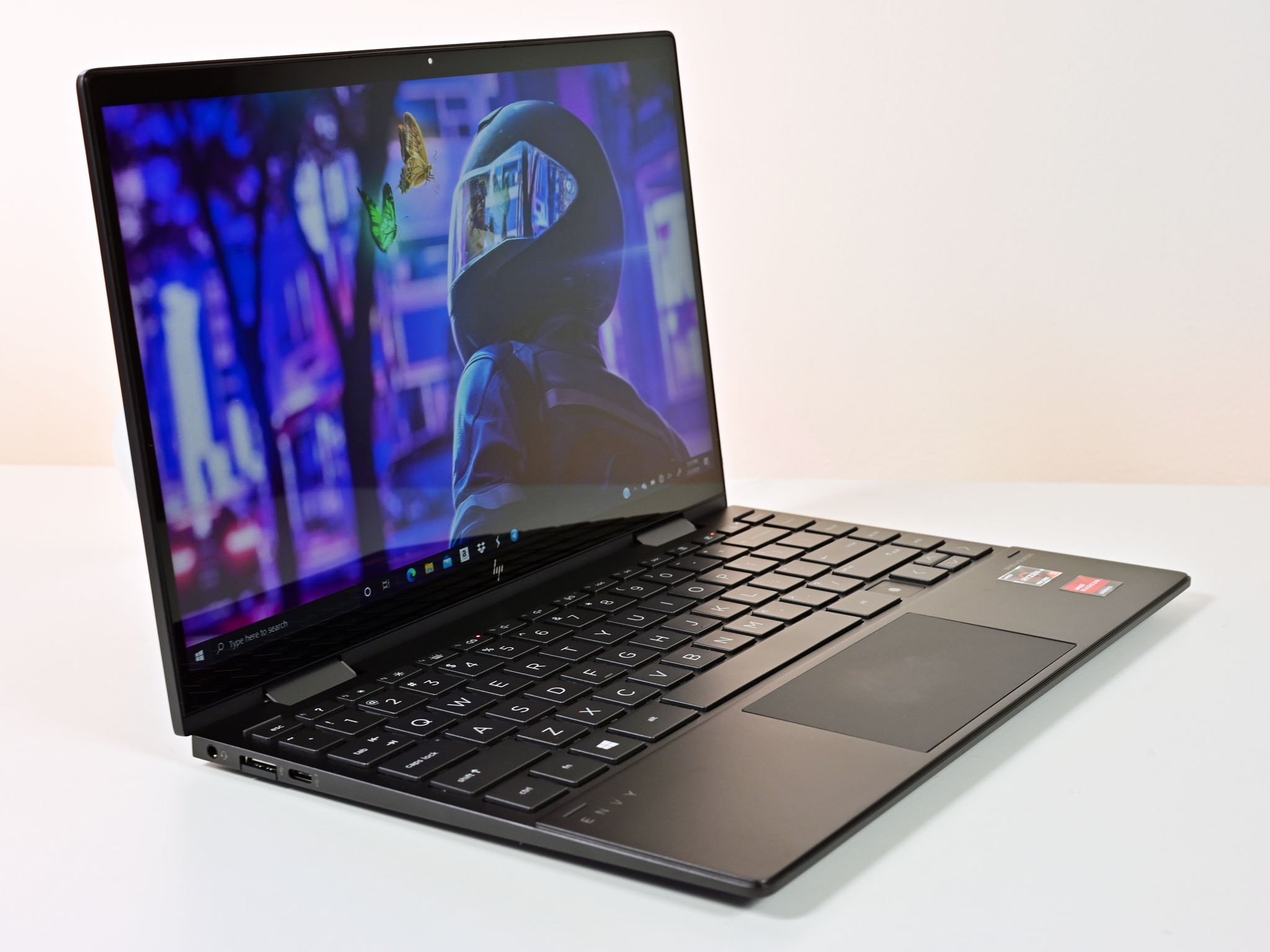
Who it's for
- If you only want to spend $800
- If you want a convertible with inking support
- If you want an excellent thin notebook with exceptional performance
- If you want an outstanding value
Who it isn't for
- If you want to game primarily
- If you want to do video editing or heavy lifting
- If you want excellent audio
HP did a remarkable job with the ENVY x360 for 2020. Anyone who wants to spend $800 (or less) and still have an excellent convertible laptop should seriously consider this 2-in-1 PC.
Indeed, this laptop is so good it becomes difficult to recommend the fancier Spectre x360 over it. The Spectre brings extra value with much better audio, more beautiful display (and 4K), optional LTE, and Thunderbolt 3. But if those things aren't necessary for you, then the ENVY x360 is the smarter buy.
Everything about this laptop impressed me. The metal chassis is high quality, the black looks great (even if it picks up fingerprints), the display is excellent, and you're getting a convertible Windows 10 PC that for hundreds of dollars less beats comparable offerings from Intel.

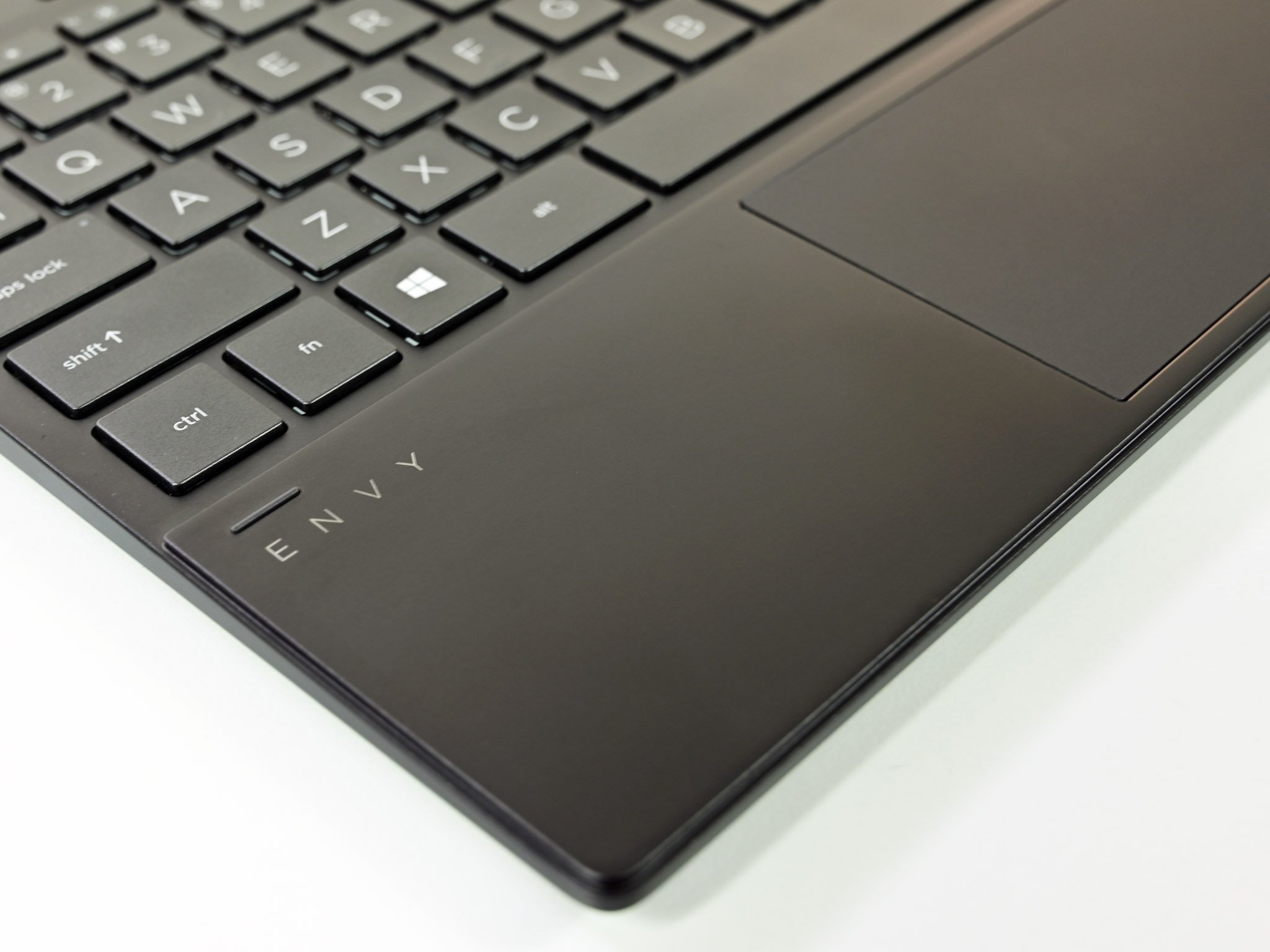
Any drawbacks, e.g., slower disk speeds, average thermals, no Thunderbolt 3, or "only" an option for a full HD display are entirely acceptable for this price. Although there was no Wi-Fi 6 in our review unit, users can upgrade to an Intel Wi-Fi 6 chip for an extra $40 direct from HP. I can't even be disappointed because, as someone who typically uses more expensive laptops, I had zero problems in using this as my daily. That is a ringing endorsement.
But if I did have to nitpick, it is the same old design choice of the display aspect. HP has yet to jump in on the 16:10 aspect ratio (or even taller Surface 3:2), which is a shame. Part of that is the price – it's more expensive right now to source 16:10 or 3:2, which is understandable. But had HP gone with a taller display aspect, it would look much better (while giving you more to look at it), and it'd make the keyboard base longer, allowing for more wrist room and a taller trackpad. This is such an obvious benefit to design that Microsoft (and now Dell) gets. I wish HP would do the same for ENVY and Spectre.
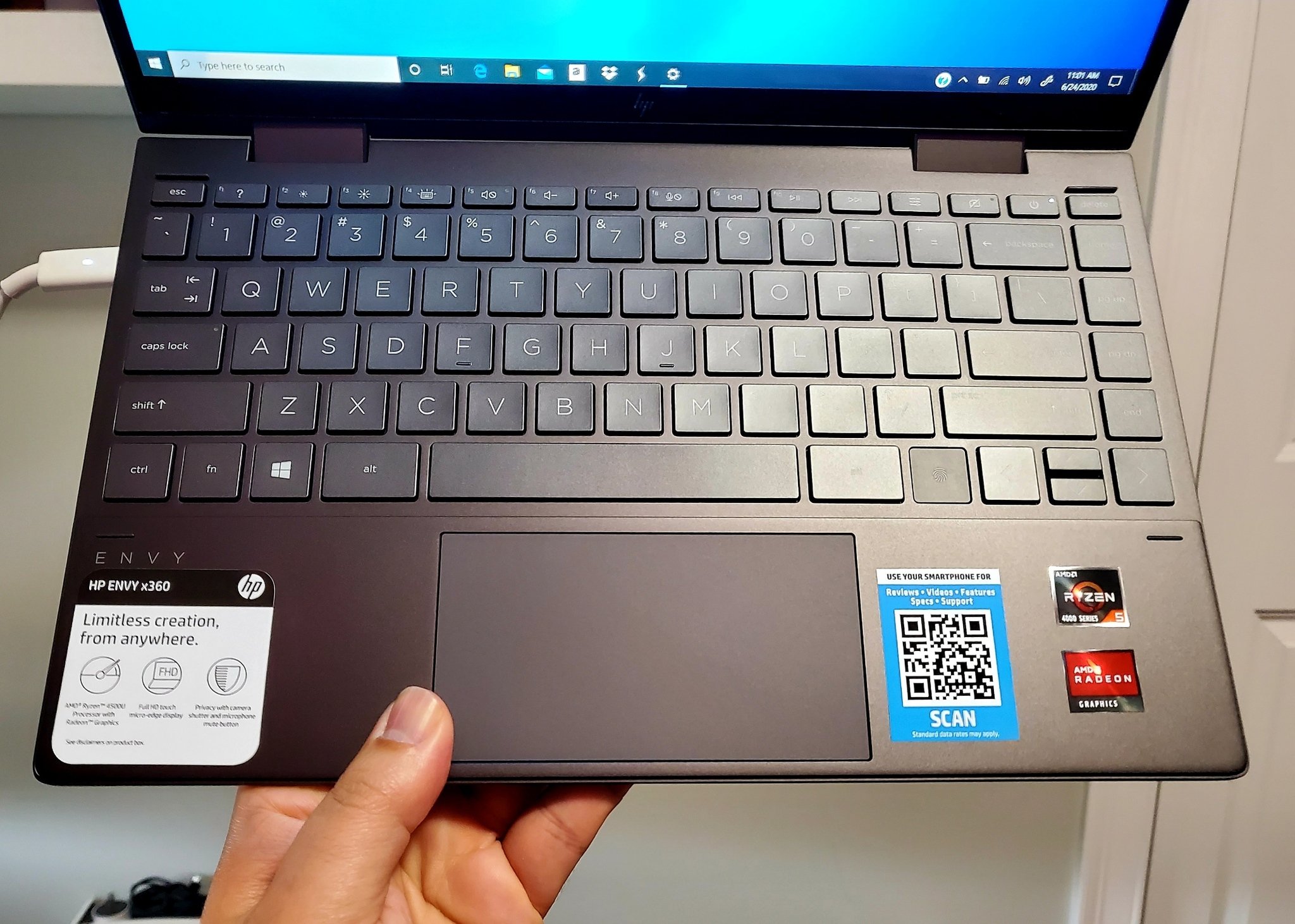
Another minor grievance: HP, you can calm down with the bevy of stickers on the keyboard deck. Four labels (including two for AMD) is pushing it, especially since they can leave a residue/markings behind when removed.
As to which configuration to buy, the one we reviewed here is the best for most people: Ryzen 5-4500U, 8GB of RAM, and 256GB of storage. We do recommend the +$50 display upgrade to 400 nits to appreciate the full HD display. Total cost is $820 and it's worth every penny.
Overall, the ENVY x360 is fantastic for what you get. It looks cool, and it's a great performer for everyday tasks, school, work, etc. You'll also save a few hundred dollars. All of that makes the ENVY x360 easily the best budget choice (so far) of 2020 for a convertible 2-in-1. Finally, those on a budget don't need to settle.

Daniel Rubino is the Editor-in-chief of Windows Central. He is also the head reviewer, podcast co-host, and analyst. He has been covering Microsoft since 2007 when this site was called WMExperts (and later Windows Phone Central). His interests include Windows, laptops, next-gen computing, and wearable tech. He has reviewed laptops for over 10 years and is particularly fond of 2-in-1 convertibles, Arm64 processors, new form factors, and thin-and-light PCs. Before all this tech stuff, he worked on a Ph.D. in linguistics, performed polysomnographs in NYC, and was a motion-picture operator for 17 years.

